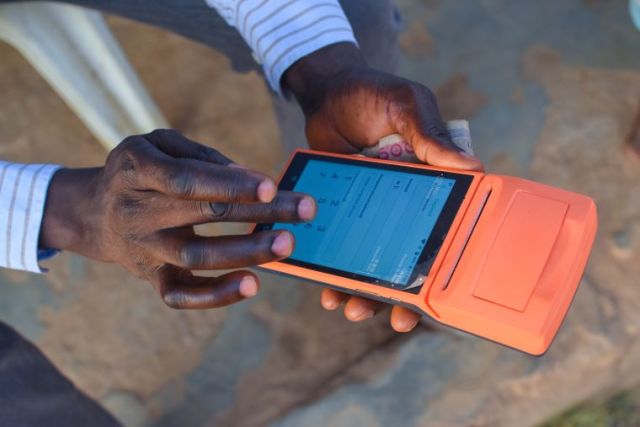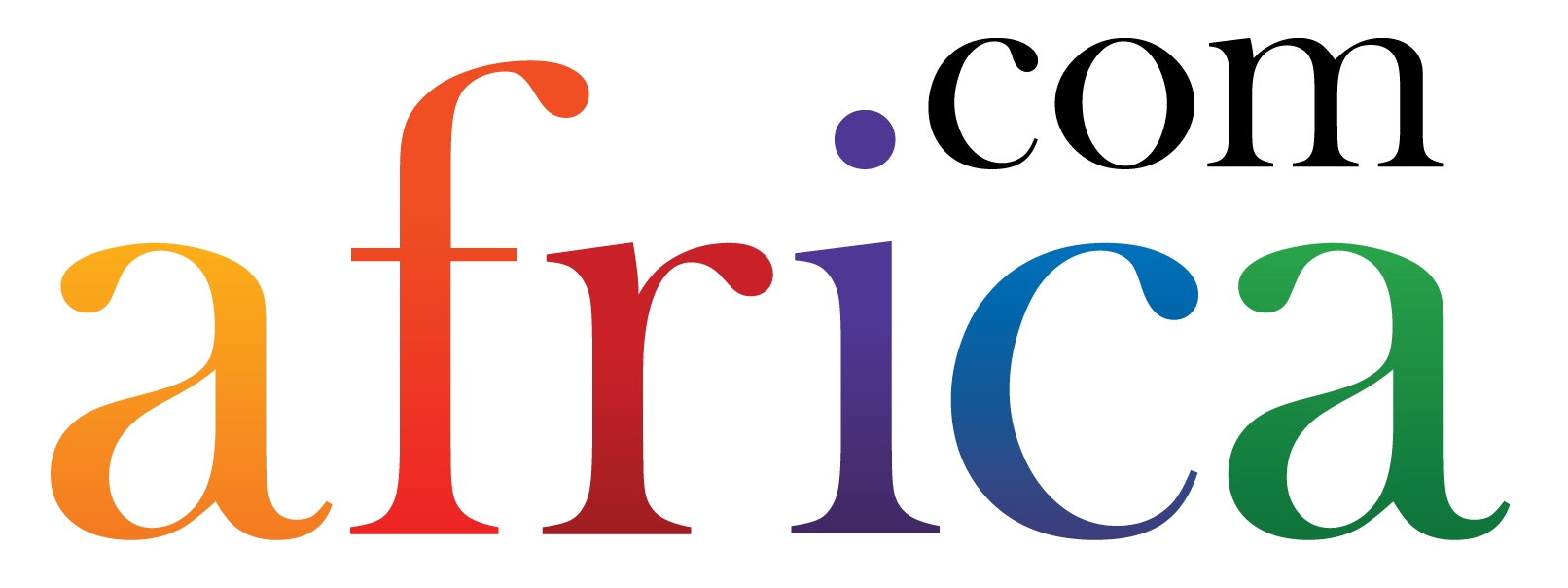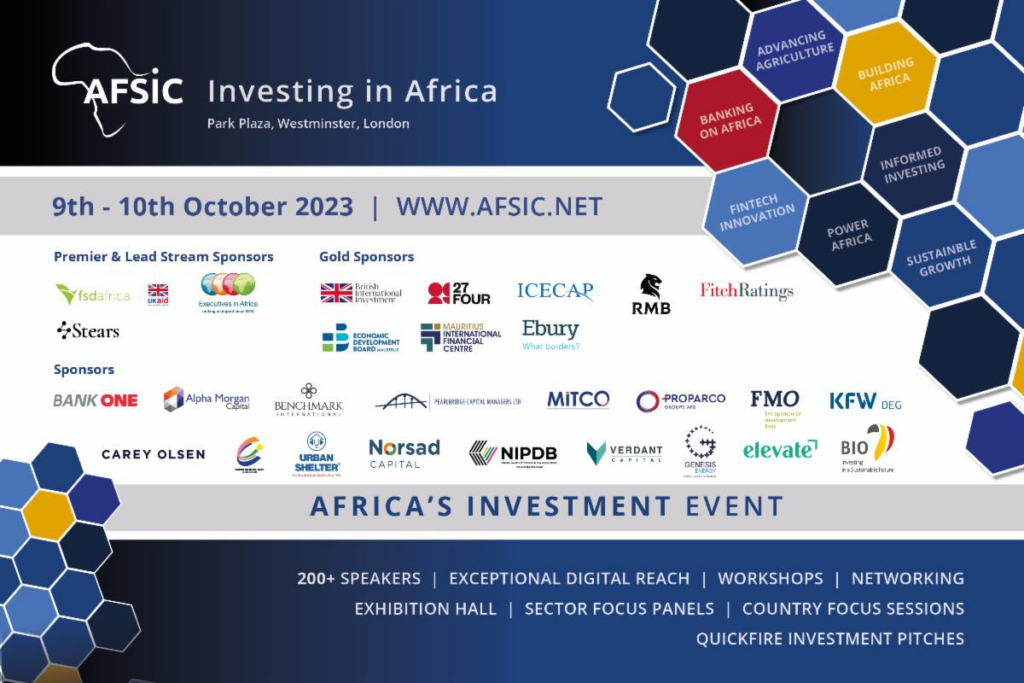African Payments Strategy
By Yogo Dubois, Managing Director – MFS Africa DRC
Cash may still be king in some African countries, but there are plenty of emergent challengers to the throne. The payments ecosystem on the continent is shifting and evolving, with new regulations, changing shopping habits, and growing mobile phone and internet penetration. The latest research from the GSMA Mobile Money program, reports that in 2022, registered mobile money accounts grew by 17% year-on-year to $781m across the continent, accounting for $836.5bn in transactions.
But talking about the “African payments ecosystem” belies the complexities and variables of how money changes hands across the continent’s 54 nations. This is not the European Union, where the Single Euro Payments Area (SEPA) facilitates credit transfers and direct debits between the more than 500 million people living in SEPA member states.
It’s not India albeit a single country, with a Unified Payments Interface—a smartphone application that allows users to instantly transfer money between bank accounts. Launched in 2016, the system has onboarded almost a fifth of the country’s 1.4 billion people and seen digital payment volumes mushroom.
Africa’s countries are diverse, not just in terms of population, development levels, growth rates, and stability but with payment infrastructure and regulations as well, all of which need to be considered when thinking about starting or expanding a business.
For example, bank penetration in South Africa stands at around 85%, but that figure is just 45% in Nigeria. However, the latter has the most advanced real-time payments system on the continent, having ranked sixth globally for such transactions in 2020. Its fintech sector raised $1 billion in 2021, receiving almost three-quarters of all start-up investment on the continent. Payment methods vary by geography—for example, mobile money wallets dominate in Kenya and Ghana, while cards are on top in South Africa.
Even within mobile money economies, there are still glaring differences. Kenya’s M-PESA platform accounts for more than 99% of all mobile money transactions, while in Uganda there are seven mobile money schemes that each have an almost equal market share.
Navigating complexity
All these varying ecosystems, along with volatile regulations and a plethora of currencies, make cross-border payments a complex affair. This is just part of the challenge for payments companies hoping to enter and survive the African market—companies like Western Union, which introduced their money transfer service in 1871, have just launched a new business strategy to address the growing demand for cross-border money transfers.
In fact, in March this year, the company signed a partnership agreement with payments company MFS Africa, to enable money transfers into millions of mobile wallets across Africa from over 200 countries globally.
National identification and physical address systems and Know Your Customer processes are unreliable in most countries, meaning service providers may well need to reach consumers through local informal channels.
Infrastructure and connectivity, while improving, are largely lacking outside of key markets like South Africa, Mauritius, Nigeria, Kenya, Morrocco, Ghana, and Egypt. Mobile penetration is expected to reach 50% of sub-Saharan Africa’s population by 2025, though this is far from evenly distributed.
One cannot presuppose the same degree of technological sophistication one finds in developed nations either – while South Africa, Ghana, and Senegal have 91%, 80%, and 79% mobile phone ownership rates respectively, their corresponding values for smartphone ownership are just 51%, 34%, and 46%, respectively. For that reason, a great number of payments take place via the USSD channel.
Furthermore, awareness and trust of digital payment solutions lag compared with cash, which is accepted by all businesses, and also how most people in the informal sector, which accounts for 83% of the continent’s employment population, get paid.
Land of opportunity
Despite all the challenges, Africa’s largely underserved population, coupled with the world’s fastest-growing middle class, presents a vast, largely untapped market of opportunity for merchants and payment providers alike. The African Continental Free Trade Area (AfCFTA) is predicted to increase intra-African exports by 81% and those to outside countries by 19%.
There are plans to ensure cross-border payments will be facilitated by the Pan African Payment Settlement System (PASS), a centralized payment and settlement scheme that enables companies on the continent to pay for intra-African deals in their local currency.
As digitalization spreads, so the 80–90 million SMEs in the region will move into the online space, with a quarter expected to do so by 2025. They will require robust, straightforward fintech solutions to grow their footprints and cater to the needs of an increasingly digitally savvy population.
In 2020, only 5-7% of payment transactions on the continent were done through digital or electronic channels, but this market is expected to grow by more than 150% between 2020 and 2025. For payment businesses that have peaked or are leveling off in terms of penetration in markets like Asia and Latin America, this is the next great frontier.
Physical, financial, and digital infrastructural limitations, also mean that mobile money, in particular, is set for massive growth. In 2022, nearly two-thirds of all new registered mobile money accounts globally were in Sub-Saharan Africa.
Introduced in 2021, the Mobile Money Prevalence Index (MMPI) was created to assess the extent of mobile-driven financial inclusion in a country. The index evaluates the occurrence of active mobile money accounts and the availability of mobile money agent networks. In 2022, some countries witnessed shifts in their MMPI rankings. Notably, Zimbabwe’s rating advanced from “Very low” to “Medium,” while Nigeria progressed from “Low” to “Medium.” These improvements can be attributed to regulatory changes, which led to market expansion in both countries.
Tapping in
It’s clear that there is an immense opportunity to be seized here, but few companies have the resources or time to navigate myriad bureaucracies and set up local offices and infrastructure. Rather, it makes sense to partner with companies with the necessary digital payments and transacting infrastructure in place, capitalizing on their switches, platforms, and existing partnerships and networks to reach these new markets.
Through its cross-border payment network, MFS Africa connects over 500 million mobile money wallets, over 200 million bank accounts, 300 000 agents across 800 payment corridors in over 40 African markets. The payments company is unlocking a treasure trove of opportunities for merchants, banks, mobile operators and SMEs, and big businesses alike. It enables interoperability between card services and mobile money schemes, across borders and protocols, smoothing the payments process so businesses can focus on doing business.





